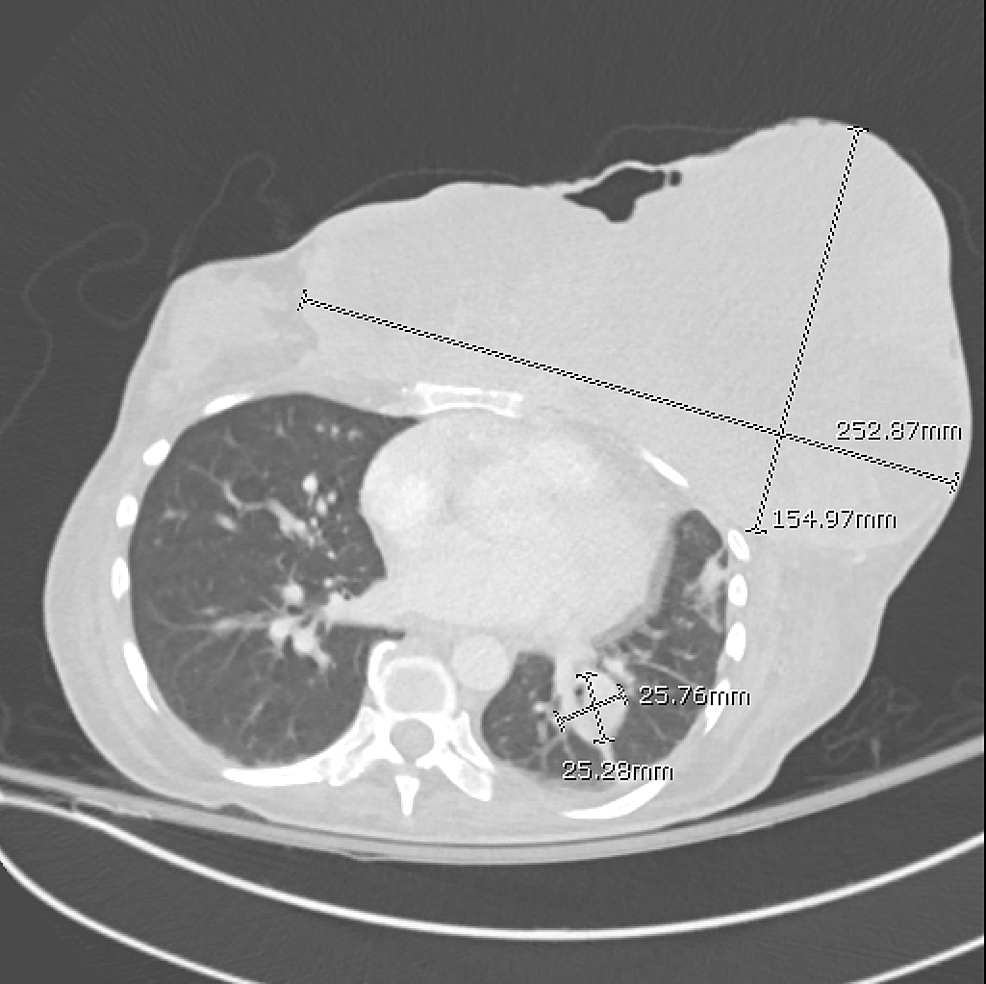

#SPINDLE CELL CARCINOMA TRIAL#
The choice of chemotherapy is based on the results of the Phase I/II KEYNOTE-021 trial in NSCLC patients, which consists of a combination of pemetrexed and carboplatin, in addition to pembrolizumab. For patients with sarcomatoid carcinoma (SC), the treatment approach in eligible patients with localized disease consists of surgical resection with neoadjuvant/adjuvant chemotherapy.
#SPINDLE CELL CARCINOMA SERIES#
In the case series of 11 patients by Qi et al., only three patients out of 11 had a survival of more than two years. Seventy-five percent of the lung sarcomatoid cancers (pleomorphic, spindle cell, giant cell) are positive for PD-L1. PD-L1 expression confers a poor prognosis but, on the other hand, also makes the patient a candidate for targeted immunotherapy therapy In addition, our patient was weakly positive for P63 as well, which has a fundamental role in the epithelial development and plays a role in a number of tumors of epithelial origin. Immunohistochemistry (IHC) in SpCC has been described to show strong positive reactions for cytokeratin and vimentin and negative reactions for desmin, S100 protein, α-smooth muscle actin, and CD34.

SpCC is diagnosed on biopsy by the appearance of heavily mitotic malignant spindle cells with hyperchromic nuclei and an absence of pleomorphic or giant cells. Radiographically, SpCC lesions have been reported to have low-density regions in the center on CT scan, which was the case in our patient as well, having a low radiodensity of 5 Hounsfield units (HU) in the central region. SpCC of the lung is more commonly seen as a peripheral lesion, which was consistent with the pleural-based lesion on the left lower lobe in our patient. Our patient was incidentally diagnosed from a CT scan of the abdomen and did not have any symptoms pertinent to his diagnosis of SpCC. Little is known about the clinical presentation of spindle cell carcinoma (SpCC). A CT scan of the chest with contrast was ordered for better visualization of the mass, which again identified a large lobulated pleural-based mass in the posterior mediastinum measuring 21.5 x 9 x 10.2 cm (Figure 1). An incidental finding of a large lobulated pleural-based mass was also seen in the lower lobe of the left lung. The patient admitted to not having any follow-up imaging since discharge from the hospital.Ī CT scan of the abdomen and pelvis was ordered to evaluate the abdominal aortic dissection as the cause of his back pain. The results showed a stable long segment type B dissection of the descending thoracic aorta extending into the left common iliac artery. Computed tomographic (CT) angiography was done which showed an abdominal aortic dissection extending from thoracic aorta to left common iliac artery that was managed conservatively with tight blood pressure control. One year prior to the current presentation, he was admitted to our hospital with severe stabbing abdominal pain radiating to the back. The patient reported a 10-year pack smoking history. The patient denied shortness of breath, chest pain, productive cough, weight loss, night sweats, or loss of appetite. He described it as dull, non-radiating, and with no associated motor or sensory weakness. Case PresentationĪ 59-year-old African American male with a medical history of hypertension and abdominal aortic dissection presented to our medical clinic complaining of back pain for one month. We present a case of a 59-year-old male who was incidentally diagnosed with a lung mass (later proven to be SpCC), whose initial presentation was with symptoms unrelated to his final diagnosis. We believe this case will be a useful contribution to the literature as this type of cancer is rarely seen and even less frequently reported. There is a paucity of data on clinical presentation, disease progression, and treatment of SpCC. Spindle cell carcinoma (SpCC) is defined as a rare histological type of SC, consisting of spindle-shaped tumor cells. Based on histological features, it is classified into five major types by the World Health Organization (WHO), including pleomorphic carcinoma, spindle carcinoma, giant cell carcinoma, carcinosarcoma, and pulmonary blastoma. SC is a heterogeneous group of tumors without any definite diagnostic criteria.

According to the Surveillance, Epidemiology, and End Results (SEER) Database (1973-2013), SC was present in only 0.52% of all diagnosed cases of NSCLC. Sarcomatoid carcinoma (SC) of the lung are rare, comprising of a small subset of non–small cell lung cancer (NSCLC).


 0 kommentar(er)
0 kommentar(er)
